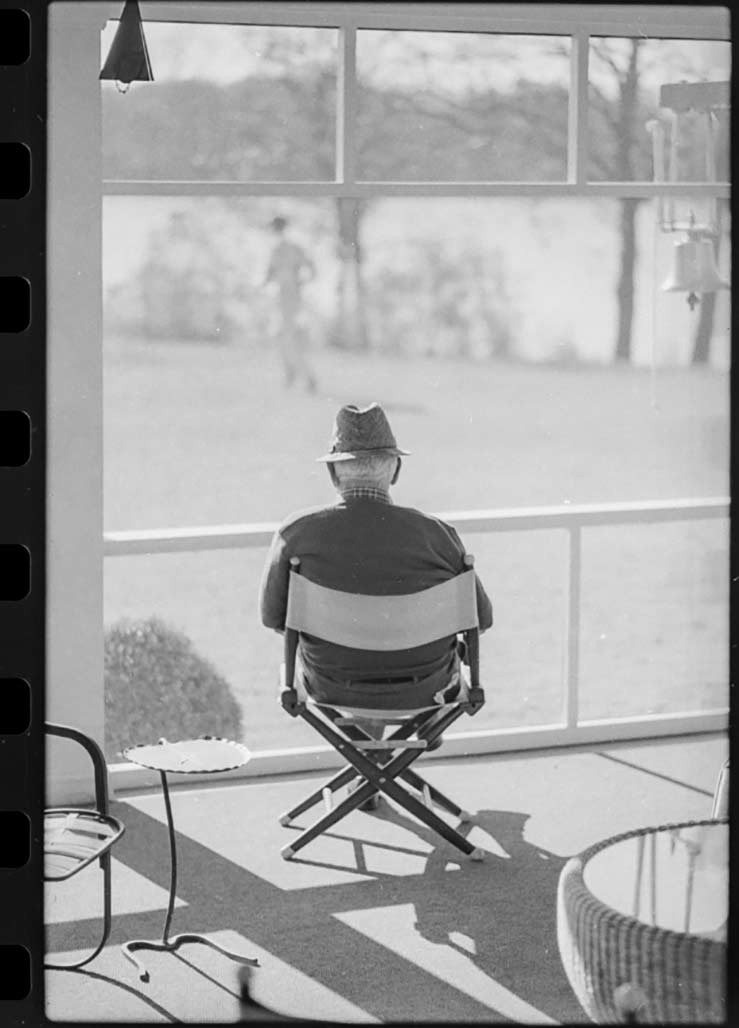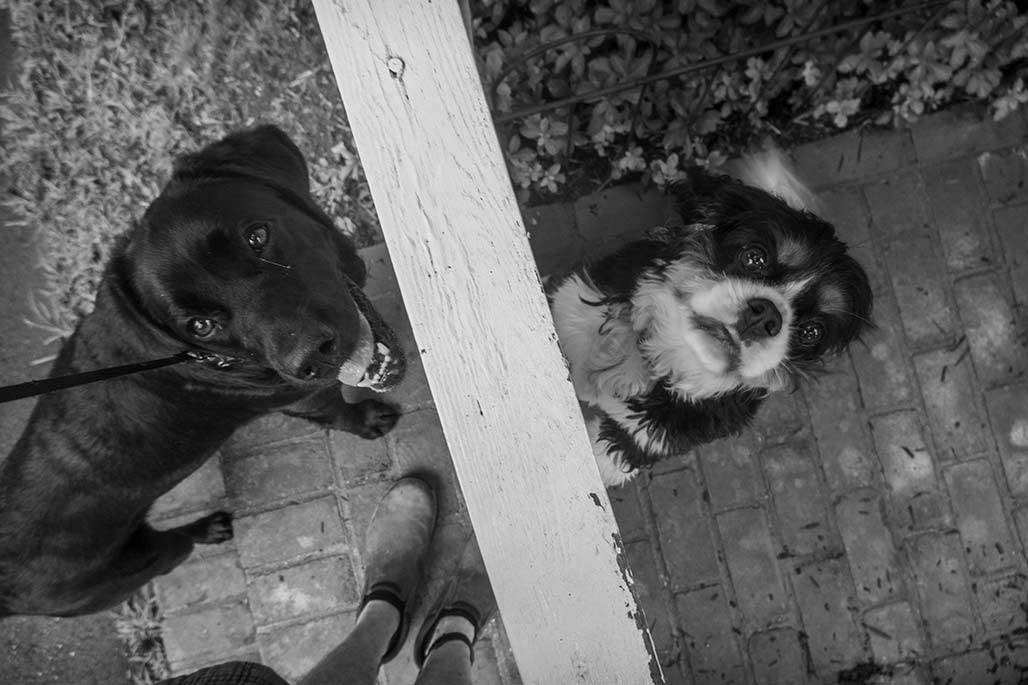
morning social

photography from the Chesapeake Bay watershed by Bill Emory

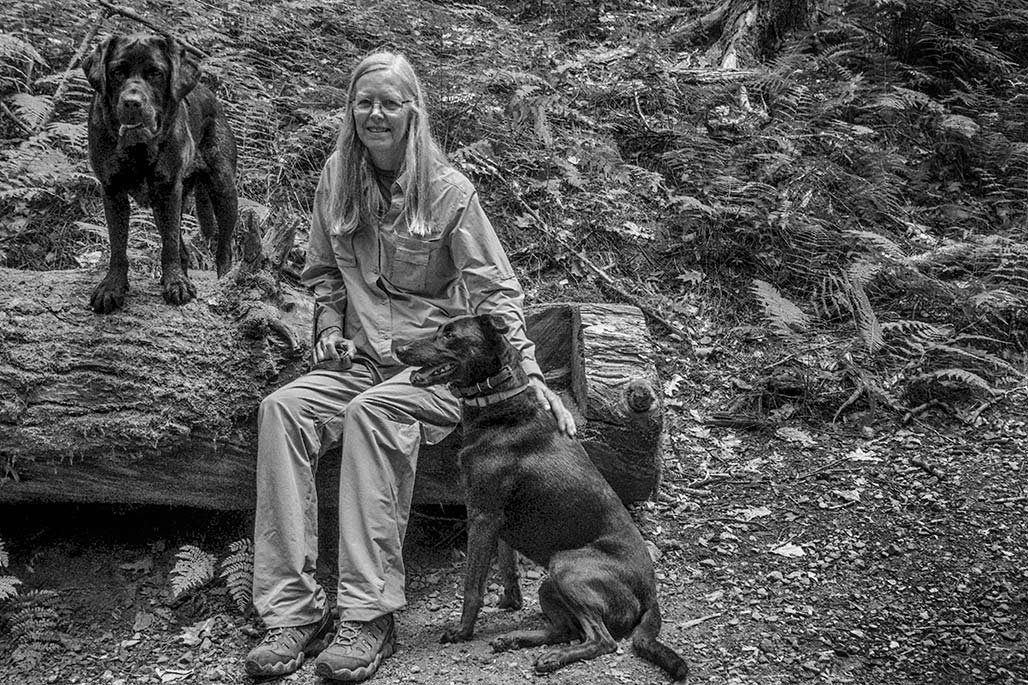
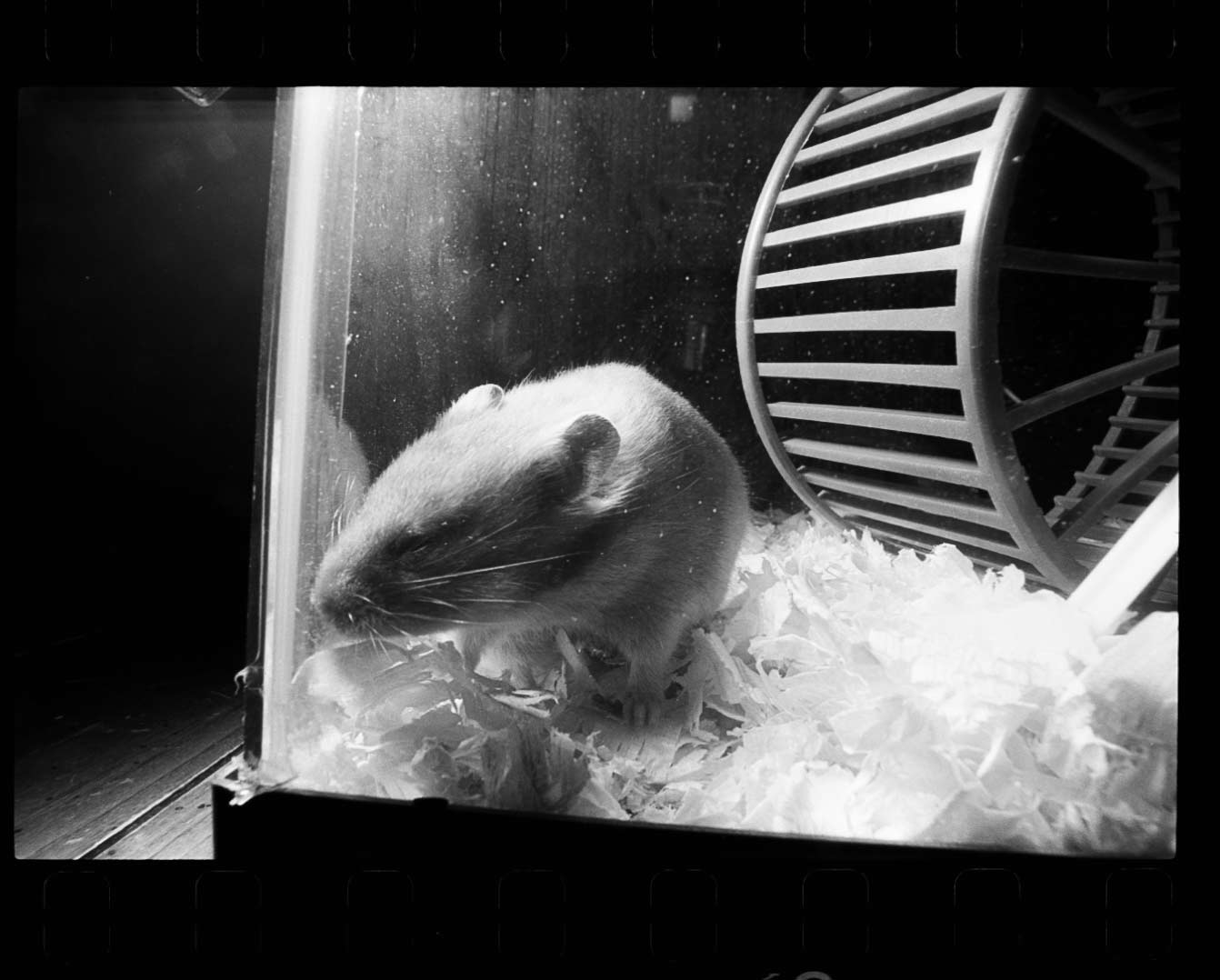
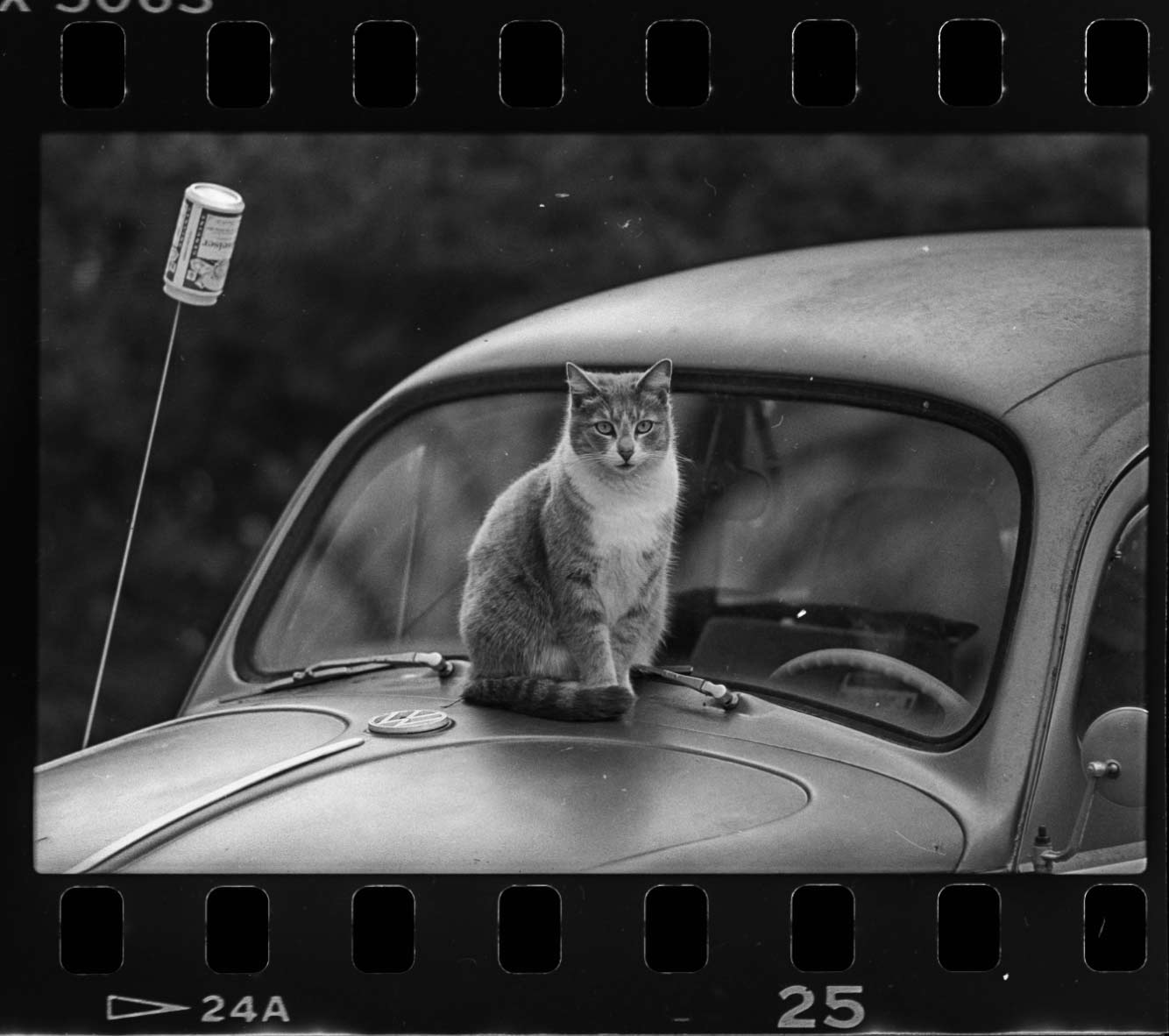



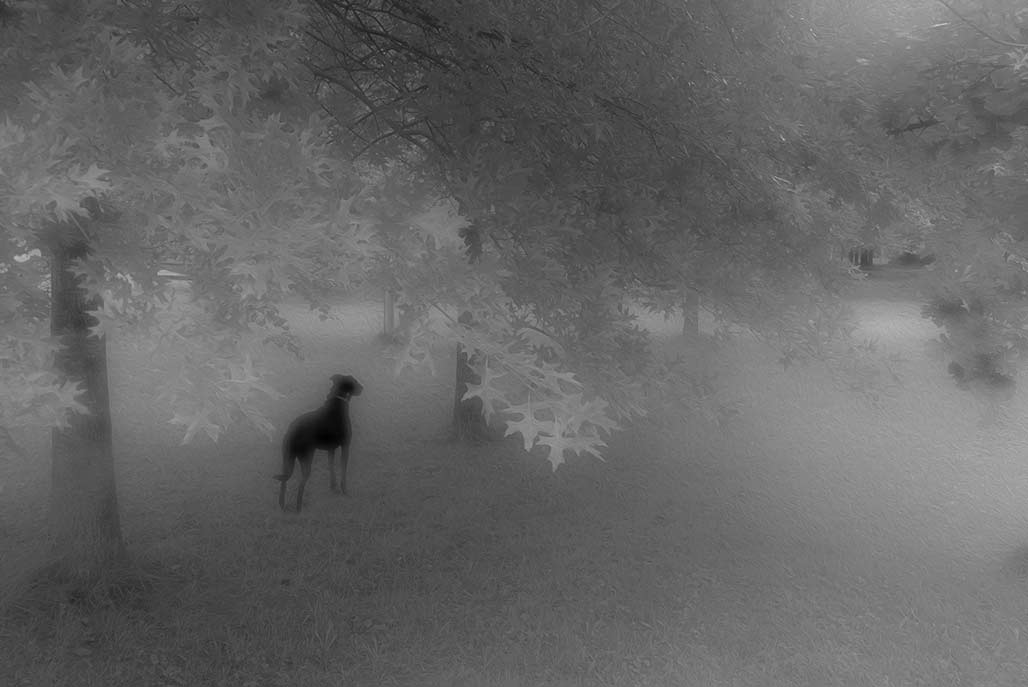
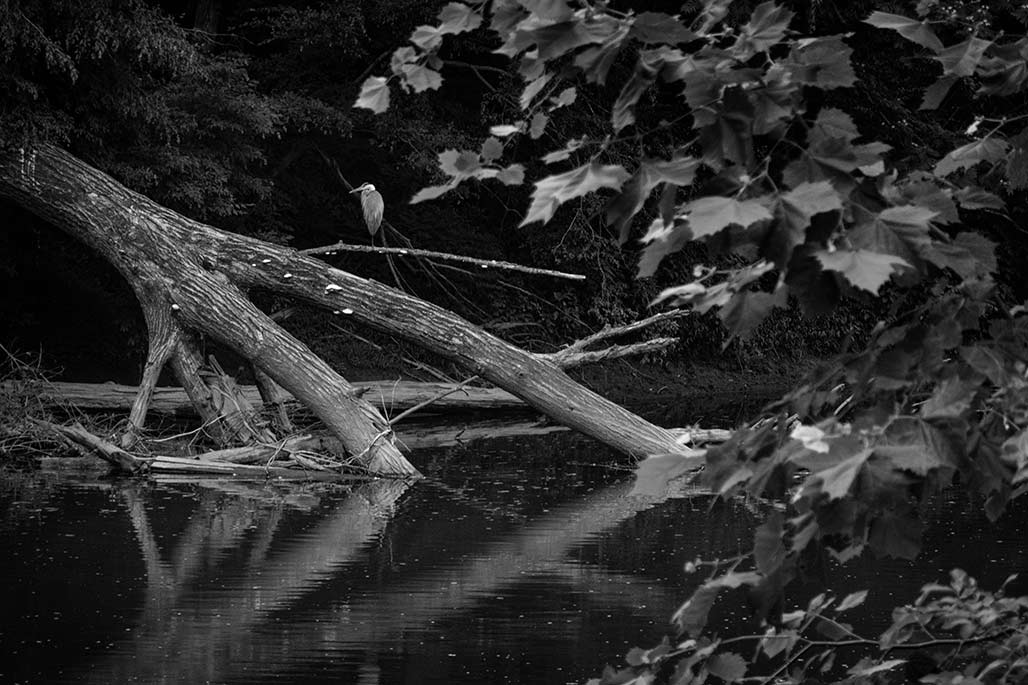

Some “studying” has been done but significant steps have not been taken.
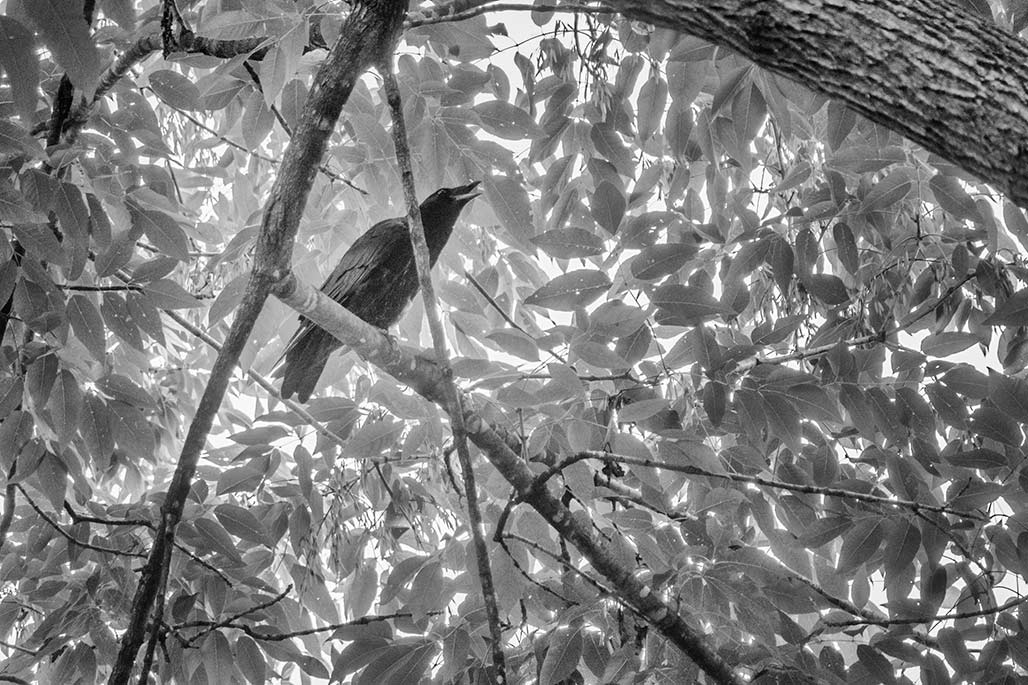
These are only a couple of behaviors that birds use. When it’s hot, some species will also resort to gular fluttering. The bird will open its mouth and “flutter” its neck muscles, promoting heat loss (think of it as the avian version of panting).
“If you think about a dog panting, their tongue isn’t only allowing evaporation, but is losing a lot of body fluid,” says Erickson. “Birds are much more efficient about water and water loss.”
Even so, birds still need to replenish fluids on a hot day. Installing a birdbath can provide feathered friends with a place to cool their heels in the summer, and get a drink. The water level shouldn’t be too high—only about an inch deep—and the bottom of the birdbath shouldn’t be too slippery. Replenish the water once every two or three days. Otherwise, the stagnant water can play host to algae and mosquito larvae, which can carry the West Nile virus as adults.
Almost as important as water is shade. Temperatures can be far cooler under trees or bushes, and birds often seek out these microclimates. Since a bird’s body temperature is much higher than that of humans—a golden crowned kinglet was once found to have a body temperature of 111 degrees Fahrenheit—it’s doubly important for them to cool off in a hurry. Proteins that shuttle vital information to a bird’s organs begin to break apart at temperatures that are only slightly higher.–audubon.org
